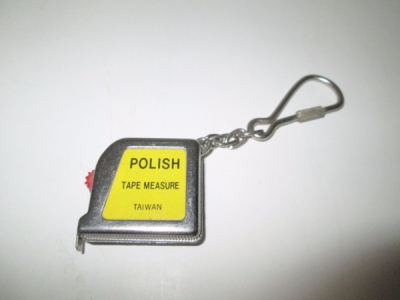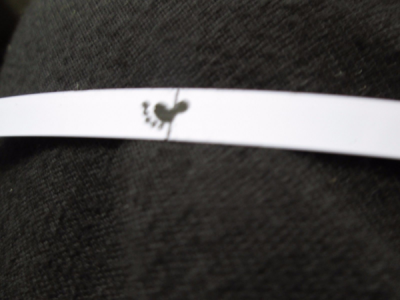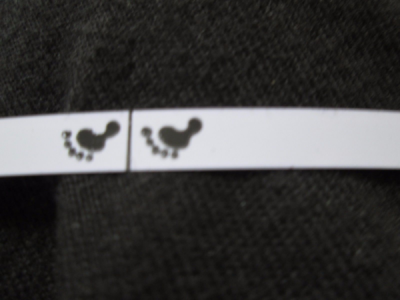- Joined
- Aug 5, 2015
- Messages
- 237
Around here in my part of the world we are converting to metric..........................................INCH by INCH!
I'm here in the US and I can eyeball most sizes. I guess I have worked with it enough starting with motorcycles and then high performance cars. Now it's pretty easy.When I was in grade school they said we'd convert to metric. All the did was convert to both. Now it takes twice as many rulers and wrenches and spare nuts and bolts to make or repair anything.
I have a question for our metric pals. Do you ever get so your able to recognize what size a bolt or nut is?
I have one tape rule that measures in both inches and cm. It has a DRO and an IN/CM conversion button.
View attachment 237473



I bought it because it was a curiosity and dirt cheap ( free or almost, with the rebate). At the time, I thought that it might have possibilities as a super cheap DRO for my table saw. However, it only reads to 1/16" and I usually work to 1/64" so it remains only a curiosity. It has an interesting encoding system. It kind of looks like a bar code and reads out absolute position.Not something I would own... to me thats a gadget I can do without. Just Saying.
 or we can go with the flow
or we can go with the flow
